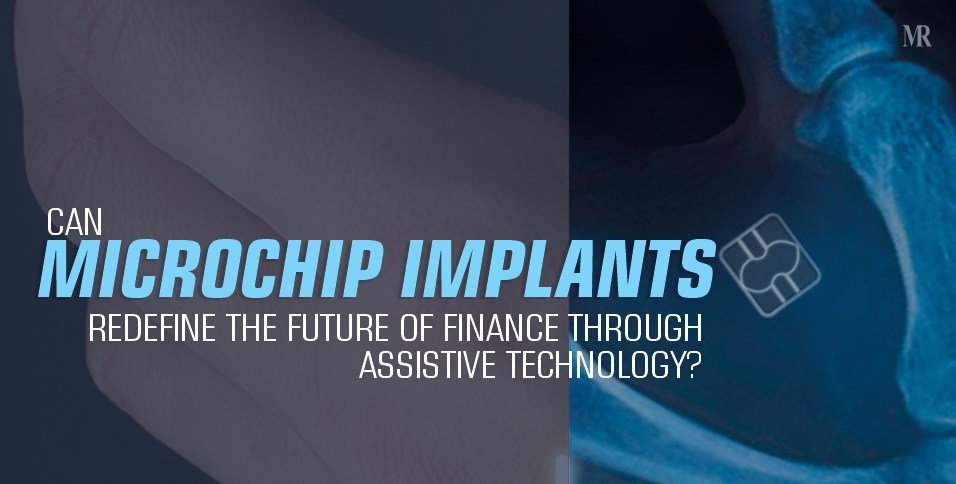Can merging digital and physical identities cause more existentialism?
Recently, a security guard in the Netherlands has astonished cashiers at restaurants and cafes. Whenever Patrick Paumen has a payment to make, he does not extend cash or his cards, but his hand. In the next instance, a red LED light glows underneath his hands and the monitor shows ‘transaction successful’. This is not a fictional story, but a real one. In what we can term an ‘innovative breakthrough’, you can make payments using a microchip implant into your skin!
What is the Microchip Implant?
37 years old Patrick, in 2019, had injected a contactless payment microchip (slightly bigger than a grain of rice) under his skin. A microchip was first implanted into a human in 1988, however, it is only during the past decade that the technology has been commercially available. In 2021, Walletmor, a British-Polish firm, became the first company to offer microchip implants for sale.
Following are the features of Walletmor’s chip:
- Weighs less than a gram
- Comprised of a tiny microchip and an antenna encased in a biopolymer—a naturally sourced material, similar to plastic
- Safe has regulatory approval, and works immediately after implanting
- Does not require a battery or other power sources
- Can be used wherever contactless payments are accepted
The technology Walletmor uses is near-field communication or NFC, the contactless payment system in smartphones. Other payment implants are based on radio-frequency identification (RFID), which is the technology typically found in physical contactless debit and credit cards.
Experts and researchers say that the microchip implant can lead to merging our digital identities with our physical identities. Although the innovation is commendable, many people are skeptical about the two sides of the microchip implant.
Merging digital with physical identity: The Two Sides
While many people seem open to the idea, the benefits of microchip implants must be measured with its potential risks. The technology will surely allow making payments easier and more convenient. It can also help us ridden ourselves of bulky wallets and catalogs of cards.
On the other hand, embedded chips carry more of our personal information. For those with no sense and respect of individual freedom, the technology can call up for abuse and invite potential privacy invasions in the future. Moreover, some researchers argue that this might not be an ethical option—embedding chips within humans like pets.
The Solution: A Nuanced Answer
To summarize, since embedding microchip implants can result in merging our digital identities with our physical ones, it can redefine the future of finance and the economy altogether. For many of us, implanting a chip into our skin can be an appalling idea. But, like every (online) identity crisis, privacy and invasiveness remain a major concern. Today, online identities have become complicated and are pressurizing our ability to understand and comprehend them.
The best solution can be (or should be) relying on our real-world identities. Forgetting passwords, being locked out of accounts, digital identity theft, and many more can disappear from our brains.
















